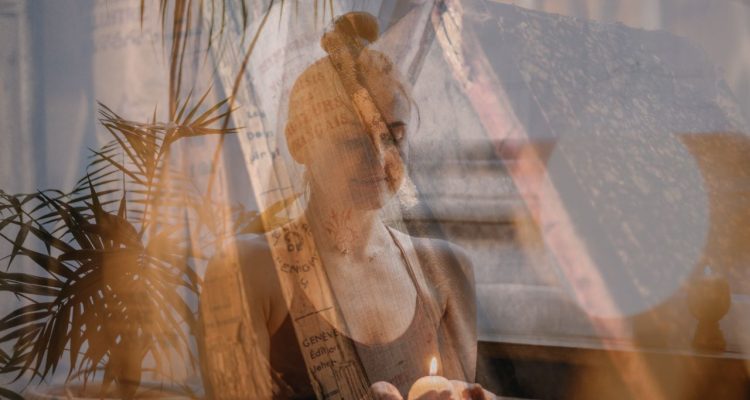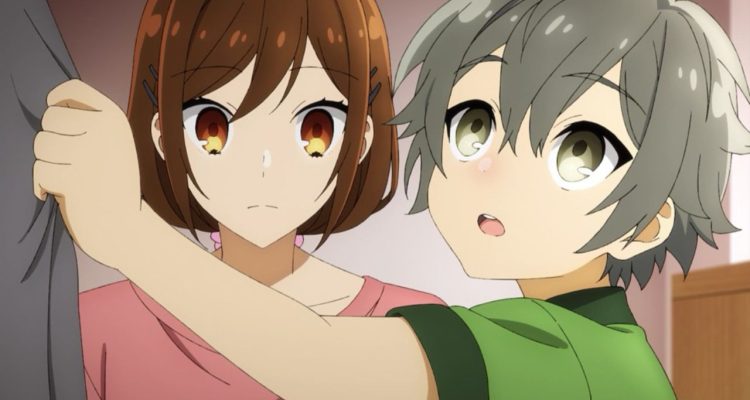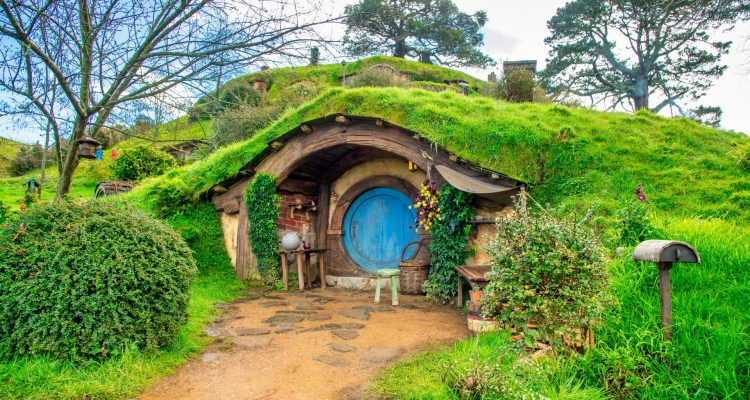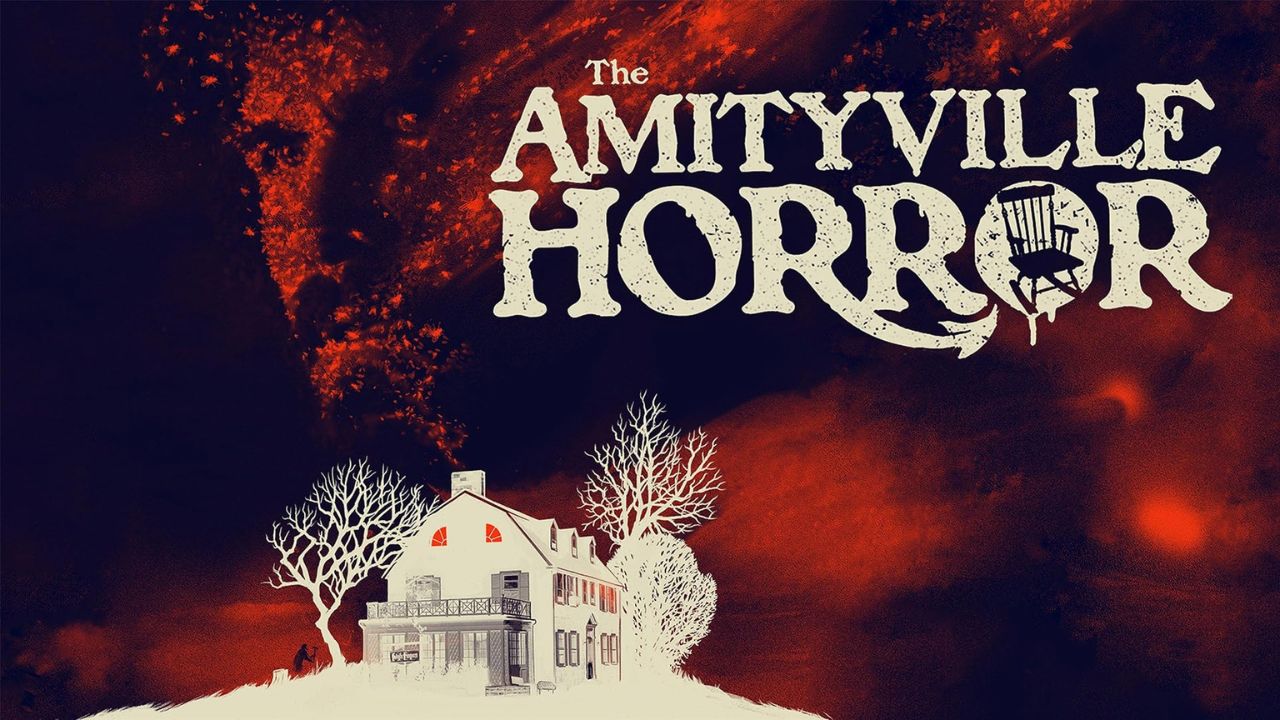Since the release of Jay Anson’s book, The Amityville Horror, in 1977, the story of Amityville has enraptured both believers and skeptics. People from both sides of the fence have long searched for the truth behind the Lutz family’s claims, as the veracity of the paranormal phenomena described by the Lutzes is largely contested. To this day, it isn’t undeniably clear whether the Lutzes were being honest or if they were simply trying to cash in on the house’s dark history by manufacturing a ghost story.
Let’s take a look at some of the evidence surrounding the Lutzes’ claims to try to determine once and for all if the Amityville house is truly haunted.
History
The Amityville house refers to a sizable Dutch Colonial home located in Amityville, New York. It gained infamy after Ronald DeFeo Jr. shot and killed his mother, father, and four siblings there on November 13, 1974. Then, in December 1975, the Lutz family — including parents George and Kathy Lutz, as well as Kathy’s three children from a previous marriage — moved into the house. The family’s stay lasted only 28 days before the paranormal activity they supposedly experienced there caused them to flee.
The story of the Amityville house has been the subject of numerous films from 1979 through the present. The first-ever film, titled The Amityville Horror after Jay Anson’s book of the same name, depicts the DeFeo family murders, as well as the alleged terrors experienced by the Lutz family, culminating in the abandonment of their new home.
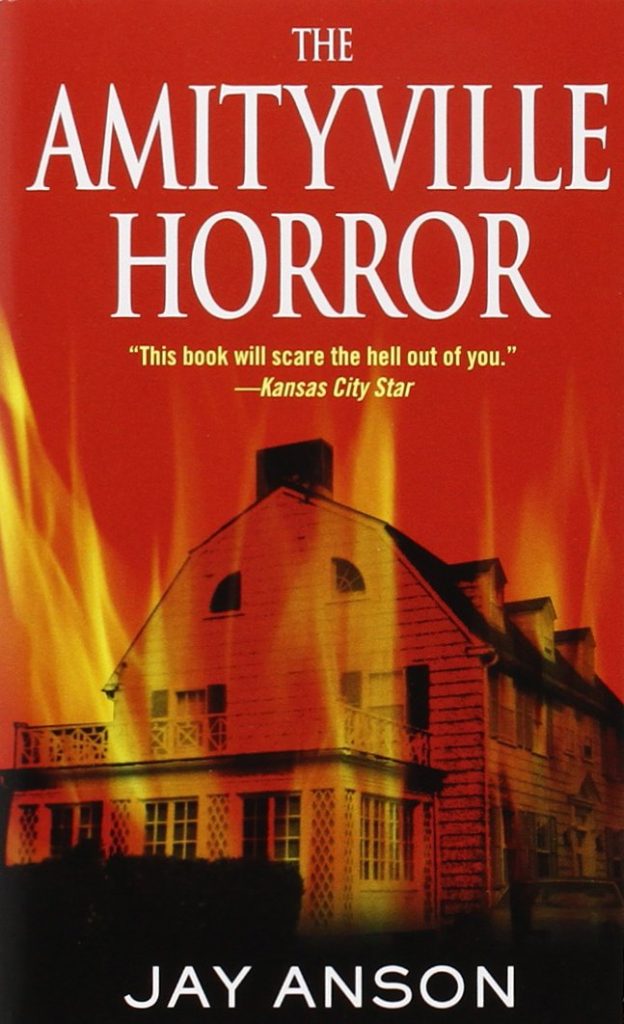
Though it was this first film that kicked off the Amityville franchise that persists today, Anson’s book was what truly inspired it all. While the Lutzes had nothing to do with writing The Amityville Horror, they did submit 45 hours worth of tape-recorded recollections to Anson, which he used to construct his account. As with all media surrounding the Amityville haunting, the book has been subject to scrutiny regarding the veracity of its claims about the home’s supernatural occurrences.
Throughout the years, historians, neighbors, and internet sleuths have all poked holes in the Lutzes’ tall tale. Let’s review some of the claims made in the book, as well as the evidence, or lack thereof.
Is the Amityville House really haunted?
Discrepancies and Refuted Claims
One of the first red flags regarding the Lutzes’ account was the inconsistency surrounding Father Pecoraro, the priest who was said to have heard a male voice demanding that he “get out” while performing a blessing on the home. Various accounts of Father Pecoraro’s involvement with the family tell vastly different stories: during a lawsuit in the 1970s, Father Pecoraro stated that he had only ever contacted the Lutz family through telephone, but in a 1979 interview, he described entering the Amityville house and being slapped in the face and told to “get out” by a disembodied being. Other accounts have stated that Father Pecoraro did visit the home but that he experienced nothing abnormal during his time there.
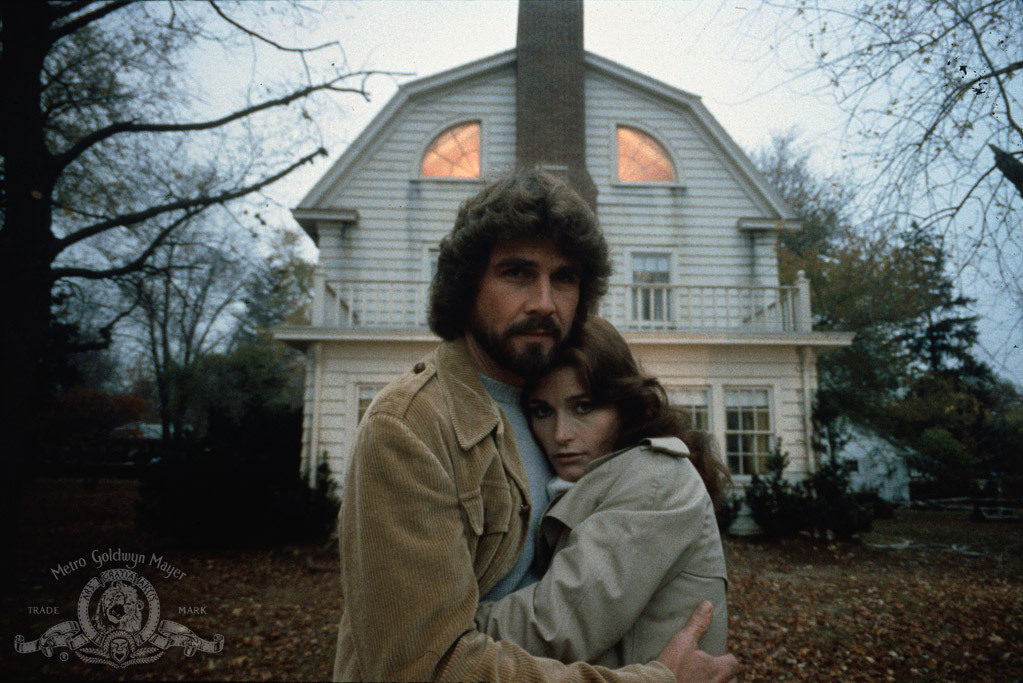
Additionally, there have been several changes made to the book over the years in different editions that provide conflicting information. For example, the original edition describes Father Pecoraro’s car as a Ford, while later editions identify it as a Chevrolet Vega before it is eventually reverted back to a Ford. This detail is relevant because Father Pecoraro allegedly experienced a supernatural event in which the hood of his car flew up in front of the windshield while he was driving. However, the reliability of this claim cannot be confirmed.
One particular paranormal event the Lutz family cites as happening during their stay in the Amityville house is finding cloven hoof prints in the snow on the morning of January 1, 1976. However, independent investigators have since denied the validity of this claim, revealing that there had not been any snowfall in Amityville at that time. Also, while both the book and the 1979 film depict police officers coming to the house at one point, no records have been found to prove that the Lutzes ever called the police.

One of the most damning claims against the Lutzes came during a lawsuit in which the family was fighting for their ownership of the Amityville story. It was then that the defense lawyer for Ronald DeFoe Jr. — William Weber, who the Lutzes had named in the lawsuit — alleged that the Amityville haunting was a hoax he and the Lutzes had concocted together. The Lutzes denied this claim, maintaining that the events depicted in the book were truthful to their experiences.
Missing Details and Exaggerations
The Lutz family has never shared the full details of what transpired on their final night in the house, claiming that the events were too horrific to talk about. Various films have imagined the events of this night in different ways. In the original 1979 film, blood oozes from the walls, a pit of black sludge overtakes the basement, and George Lutz, seemingly possessed, tries to kill his step-children with an axe. These, to all appearances, outlandish events are the closest thing anyone has to go by when trying to understand what could have made the Lutz family flee, making their story seem all the more unrealistic.
Plus, the movies tend to exaggerate various elements of the story to amp up the scare factor. For example, in many of the films, including the original, the Amityville house is made out to be remote and far removed from other residences. The real house, located at 112 Ocean Avenue, is in the middle of a suburban neighborhood, less than fifty feet away from the houses on either side of it.
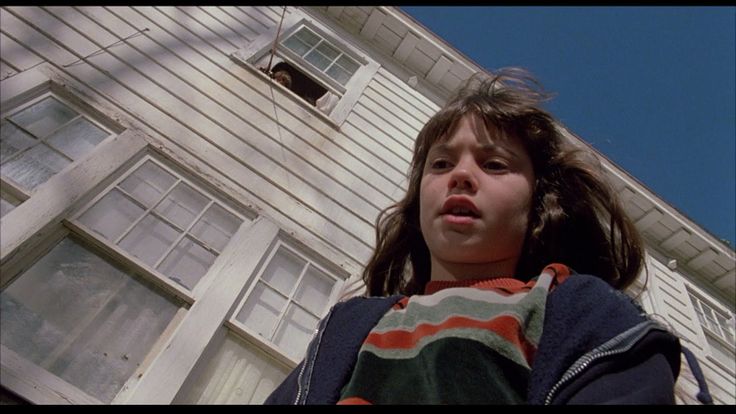
In 2005, one of the children who had lived in the house, Christopher Quaratino, spoke publicly about his experiences for the first time. While he did claim to have had paranormal encounters during his time there, he noted that the depictions of these events in various Amityville films were extremely exaggerated, which Quarantino viewed as exploitative. This statement seemed to cast some doubt on the Lutzes’ story, framing their more sensational claims as fabrications.
On the other hand, in the 2013 documentary, My Amityville Horror, another of the children, Daniel Lutz, claimed that he and his step-father, George, had both been possessed during their time in the house and that George had displayed telekinetic abilities.
Conflicting Accounts
Some of the strongest pieces of evidence against the Lutz family’s account are the testimonies of neighbors who lived near the Amityville house during the Lutzes’ stay, as well as those of other families who lived in the home after the Lutz family fled.
When James and Barbara Cromarty moved into the Amityville house in 1977, they refuted the Lutzes’ claims that physical damage had been done to the home’s doors, windows, and locks, stating that these items were in normal condition and appeared not to have been replaced or repaired. They also revealed that the “Red Room” the Lutzes supposedly had to break down a wall to find, as depicted in the 1979 film, was just a small closet in the basement and hadn’t been hidden or blocked in any way. Though they lived there for ten years, the Cromartys maintain they never experienced anything supernatural during their time in the home.

The house has had multiple owners since the Cromartys, none of whom have publicly complained of any paranormal activity, and none of the Lutzes’ neighbors ever reported anything out of the ordinary during the Lutzes’ stay in the Amityville house. In fact, the only complaints these homeowners and neighbors have ever made are about the people coming to gawk at the house after the Lutzes turned it into a spectacle.
Although movies about the Amityville haunting are being made to this day, much of the evidence points to the Lutzes’ story being made up. Of course, there’s no way to truly know whether the paranormal experiences the Lutz family claims to have occurred at the Amityville house are real or invented. But regardless of whether the events written about in the book are true or not, one thing is for sure: they make for a really good story.
For more spooky ghost stories, click here or here.





